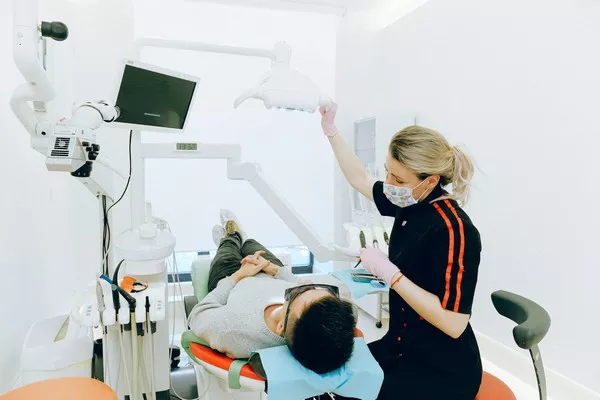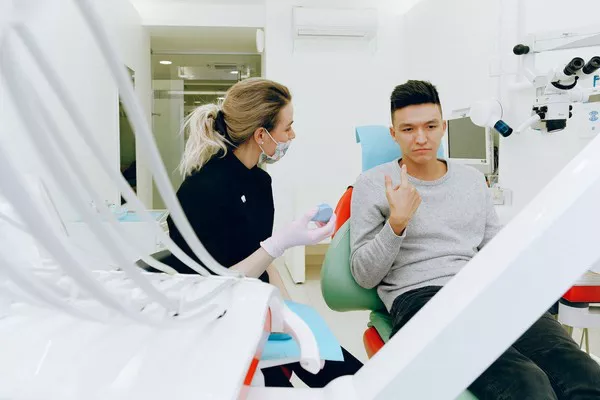A bright, white smile is often associated with youth, vitality, and good oral hygiene. There are various factors that can lead to tooth discoloration over time, such as aging, poor dental hygiene, certain foods and beverages, and smoking. If you’re looking to enhance the whiteness of your teeth, there are several options available to help you achieve a radiant smile. In this article, we will explore four key topics related to teeth whitening: professional dental treatments, at-home whitening options, natural remedies, and maintenance techniques.
Professional Dental Treatments
Professional dental treatments provide effective and long-lasting results. This section will discuss the following teeth whitening procedures:
In-office Whitening:
Dentists use powerful bleaching agents and advanced technologies to remove stains and discoloration from teeth. The process typically involves applying a peroxide-based gel directly to the teeth and activating it with a specialized light or laser. In-office whitening delivers fast and noticeable results, often lightening teeth by several shades in just one visit.
Take-home Whitening Kits:
Dentists may also prescribe customized take-home whitening kits. These kits consist of trays that are filled with a whitening gel and worn for a prescribed period, usually a few hours each day or overnight. The strength of the whitening gel can be adjusted by the dentist based on individual needs. This approach allows for gradual and controlled whitening with professional supervision.
At-Home Whitening Options
For individuals seeking more affordable and convenient teeth whitening solutions, there are several over-the-counter options available. In this section, we will explore the following at-home whitening methods:
Whitening Strips:
These thin, flexible strips coated with a whitening gel are applied directly to the teeth. They are typically worn for a designated period, as instructed by the product manufacturer. Whitening strips can be an effective option for mild to moderate tooth discoloration, but results may vary.
Whitening Toothpaste:
Whitening toothpaste contains mild abrasives and ingredients like hydrogen peroxide to remove surface stains and brighten teeth over time. While they may not offer dramatic results compared to professional treatments, regular use of whitening toothpaste can help maintain a brighter smile.
Natural Remedies for Teeth Whitening
For those who prefer natural approaches or have sensitive teeth, several home remedies can help whiten teeth. This section will explore the following natural remedies:
Oil Pulling:
This ancient technique involves swishing oil, such as coconut oil or sesame oil, in the mouth for about 15-20 minutes daily. The oil helps remove plaque and bacteria, which can contribute to tooth discoloration.
Baking Soda Paste:
Mixing baking soda with a small amount of water creates a paste that can be gently brushed onto the teeth. Baking soda acts as a mild abrasive, helping to remove surface stains.
Maintenance Techniques for a Radiant Smile
After achieving your desired level of teeth whiteness, it’s important to maintain the results. This section will provide valuable tips for maintaining a radiant smile:
Good Oral Hygiene Practices:
Brush your teeth at least twice a day and floss regularly to remove plaque buildup and prevent staining. Use a soft-bristled toothbrush and fluoride toothpaste recommended by your dentist.
Minimize Staining Foods and Beverages:
Limit your consumption of foods and beverages known to stain teeth, such as coffee, tea, red wine, and dark-colored berries. If you do indulge, rinse your mouth with water afterward or brush your teeth to minimize staining.
Regular Dental Check-ups:
Schedule regular dental check-ups and professional cleanings to ensure proper oral health. Dentists can identify any potential issues early on and provide guidance on maintaining a radiant smile.
Conclusion:
Obtaining a whiter smile is achievable through various methods, including professional dental treatments, at-home options, natural remedies, and consistent maintenance techniques. It’s important to consult with your dentist to determine the most suitable approach for your specific needs. Remember, regardless of the method chosen, maintaining good oral hygiene practices and regular dental check-ups are vital for long-lasting results and overall oral health. With dedication and proper care, you can confidently flash a brighter, more radiant smile.
Related Topics:
































